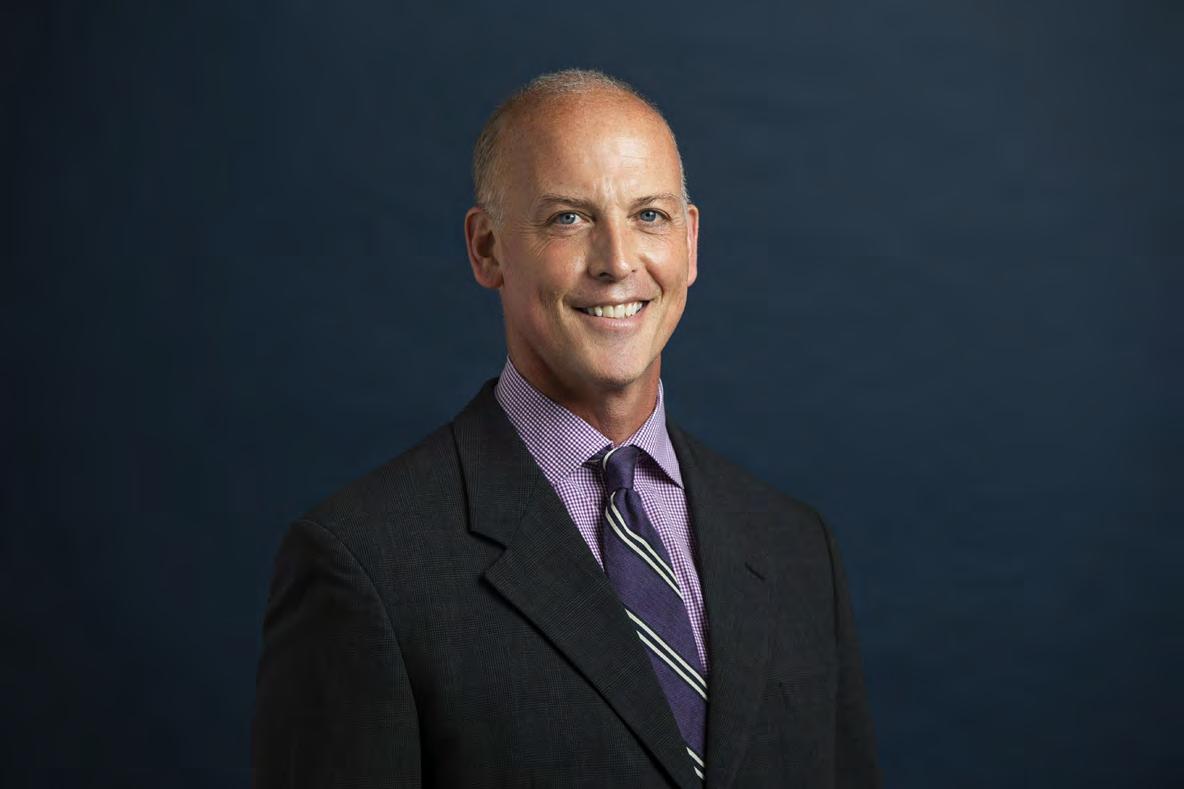RESEARCH
The Efficacy of Medical Cannabis Removing the stigma, doing no harm BY STEPHEN DAHMER, MD
W
hat if suddenly you could not prescribe NSAIDs, corticosteroids or beta blockers because “there is not enough research.” Think of the impact this would have on your patients. Unfortunately, many of your patients are missing the benefits of medical cannabis for this exact reason. As a profession we need to move beyond this. Cannabis is the most widely used psychoactive substance in the western world and has been used medicinally for at least 5,000 years. Phytotherapies (plant medicines), from common birch to willow bark, while materia medica for many of our modern pharmaceuticals, are also incredibly complex and difficult to research in their natural form. Nonetheless, current evidence supports exploring medical cannabis for patients that might benefit. Regardless of our personal opinions, our patients and peers are already making decisions about cannabis, potentially from questionable resources like doctor Google. Support for allowing medical cannabis is strong: 76% of doctors, 93% of Americans, and 83% of veterans support its legal medical use. At the time of writing this, 36 states have effective medical cannabis
laws, 13 states have laws pertaining to low-THC, high-CBD cannabis and no states have repealed effective medical cannabis laws. In some form, 49 states acknowledge the medical benefits of cannabis. Statutes establishing the medical cannabis program in Minnesota were enacted in 2014. Minnesota licensed physicians, advanced practice registered nurses and physician assistants can certify a patient’s qualifying medical condition. They must be enrolled in the Medical Cannabis Registry before certifying a patient’s qualifying condition. Of the 24,643 physicians with active Minnesota licenses, there are 3,739 practitioners that have registered for the medical cannabis program. Estimates as low as 1.4% of all those Minnesotans dealing with chronic pain had linkage to care or saw a provider that certified patients for medical cannabis.
Deceptive statistics Unfortunately, most research to date has been funded by NIDA (National Institute on Drug Abuse) and has focused on the harms associated with the plant, further supporting a long history of stigma. Nearly half of the 30 journals that have published the largest number of cannabis studies contain harm-associated words in their titles, such as “abuse,” “addictive/ addiction,” “dependence” and “forensic.” How might our opinion of any other medication might change if such resources were mobilized to study its potential for harm? In addition, research funds for products our patients are using are limited, and there is a daunting thicket of regulations to be negotiated at the federal level—those of the Food and Drug Administration (FDA) and the Drug Enforcement Administration (DEA)—and at the state level. Designation as a Schedule I substance in the Controlled Substance Act only adds even more complexity and expense to any clinical evaluation. Frustration with these barriers to research, enough to make even the head of NIDA reluctant to conduct studies on Schedule I drugs like marijuana because of the “cumbersome” rules that scientists face when investigating them, has even led me to accept a policy position with the U.S. Cannabis Council (USCC). In the United States prescribing medications is regulated the FDA, which most of us accept as an important system overdue for an overhaul. Of critical concern to the FDA and all of us is that the products we prescribe are safe. Naturally, we also assume they will present therapeutic value; however, here the bar can be surprisingly low. When Prozac went through its initial clinical trials, the patients reporting the best results were from the control group taking the placebo. We all know that not all patients respond the same to all medications. This is where the art of medicine comes in. When a patient first presents with hypertension, it usually takes some experimentation to find what will work best, and it oftentimes will require three different medications to achieve the best outcomes. Based on thousands of years of use, anecdotal reports and extensive research, we know that cannabis is a remarkably safe medication when used in the medical context. There is no known case of a lethal overdose, and we have been monitoring patients closely in Minnesota since the inception of the program.
16
JULY 2022 MINNESOTA PHYSICIAN



